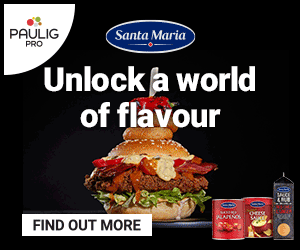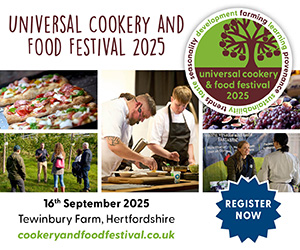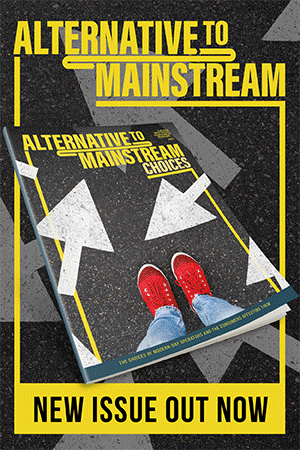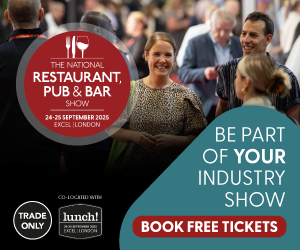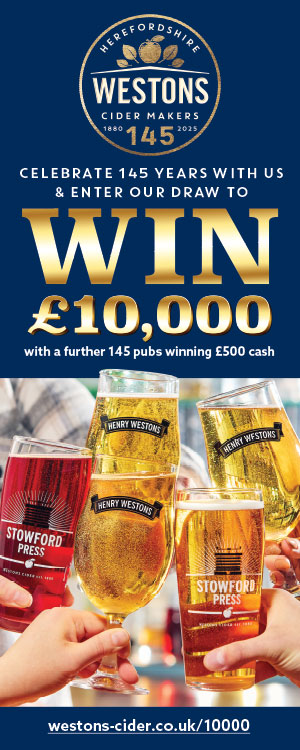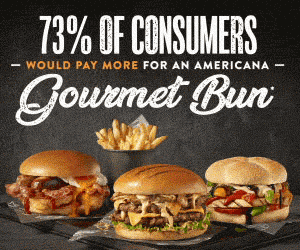Interview: Breaking Glass Bars
From overseeing 21 Barworks venues across London, to running their own single site, William IV in Old Street. Mike Harrington and Lee Godwin talk to Pub & Bar about the beginnings of Breaking Glass Bars.
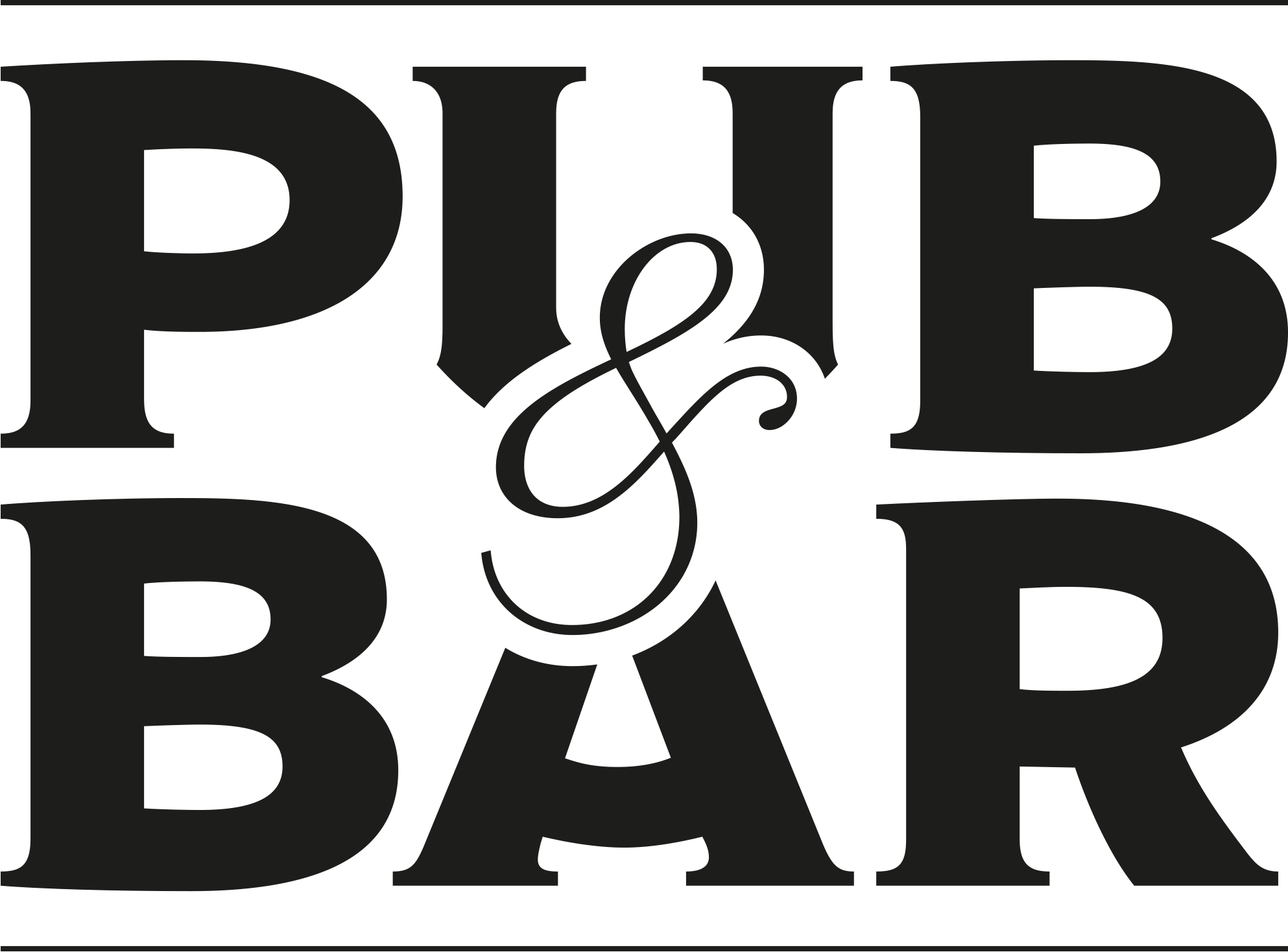
P&B: Thanks for talking to Pub & Bar, guys. First off, why ‘Breaking Glass Bars’?
MH: David Bowie. We both love him and when we were trying to think of a name for the business, that one stood out. It doesn’t represent how we run a service though.
P&B: You were both operations directors of London outfit Barworks during a very successful period for the group. Is that where you met?
MH: I started off in gastropub kitchens in London, working my way up to head chef positions. I got fed up with that and switched to front-of-house, before joining Barworks in 2011/12. That’s when I met Lee, because we were both assistant managers in the same bar – the Electricity Showrooms in Hoxton. It was the heyday of Shoreditch. When we started, there were six sites, not including The Diner brand. Then there was quite a meteoric rise. At the peak of when we were in operations, there were 21 sites.
P&B: Were the two of you aware of the revered business you were creating under founders Andreas Akerlund and Marc Francis-Baum?
MH: It definitely felt that while we were doing it we considered ourselves as the best in London.
LG: Everything was just a little bit more than you expected to get. We were doing something with a bit of elevation and a bit difference and a bit of care. I was very much aware of the standards being set and implementing those standards, and having pride in that. That pride trickled down to the whole team, and I think that was why we were able to grow as we did.
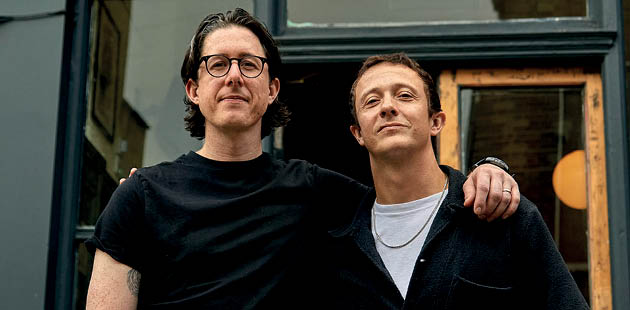
Mike Harrington and Lee Godwin, shot by Beca B Jones
P&B: So, why did you leave?
LG: Barworks was involved with doing some F&B for a hotel around the corner from here. Marc’s direction for the company was more about Mare Street Market, potentially hotels as well. By that point all the pubs had got sold. It just felt like the right time – we wanted to go back to doing pubs.
We went for a walk around the corner from that hotel and this pub was here boarded up. It had living guardians in it. We said to each other: “Imagine if we got that.”
It had closed during Covid and they were trying to get this turned into flats, which got denied by Hackney Council. We happened to have a connection to the landlord through Barworks. We got the keys in May 2023 and did a four-month build.
We didn’t have the budget to do such a big site. We initially wanted a wet-led, small site. High footfall, no food, nice and easy. William IV was maybe site three or four in our plans in terms of size. But it was just too good an offer to turn down.
P&B: How did a new site launch on your own compare to working with a group like Barworks?
MH: Marc and Andreas would design the bars, find the spaces, oversee the build, the look and feel of it, everything there was their domain. Then they would come to us and say: “Right. How should we build the bar?” That’s where we would step in. That was when Lee and I would take over.
But here, the stripped back classic pub feel is different to what we used to do – that’s very deliberate. We had to do everything ourselves to create this and we wanted it to look like how it was 100 years ago.
LG: That means a lot of careful attention and detail, but also being a bit free with it. So not having clean paint lines or having perfect finishes on everything. A bit rough around the edges, which gives it that feel of having been here for a long time. It’s a Georgian corner, very handsome building. And it’s striking, and that needs to follow through the entire journey.
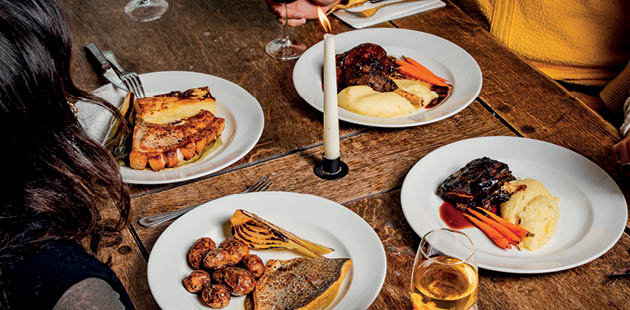
Upstairs dining at William IV, Old Street. Image: James Moyle
P&B: You opened your doors in the summer of 2023 – how’s it going so far?
MH: Within the first month we were trading at what we hoped to get to by the end of the first year.
LG: For the kind of crowd that we’re going for, we want to become a bit of a “if you know, you know” type of place. This area was made a low traffic zone during the Covid period, so it’s quite calm and we’ve now got the benches outside.
But it’s about getting the offer right. The biggest sellers for us are obviously draft beers, you know, we’re a pub. You come in and see the taps and you know where you are with the type of beers you’re seeing. We needed to make sure the local trade wasn’t put off by super premium or craft products, but they are available for those who want them. We needed to be welcoming everyone from the community, while also being able to offer a destination pub with quality food and drink, and getting that balance right. I think that we’ve achieved that, and I think that’s why we were busy from the off.
P&B: We’re sat in your upstairs dining room. Tell us about the food…
LG: When we started getting day boat fish in from Wright Brothers, we made a little specials board and were only serving food downstairs. It was well received to the point where regulars would start by asking what we had in. We got to the point where our fish dishes and our specials were outselling the burger, and then we knew we had to adapt our offer.
Our food sales were growing and growing, but it created a problem whereby people were booking to come in on a Thursday night for a meal for two, and they were downstairs in the pub with people in for after-work drinks. It was a bit raucous. So we opened the dining room upstairs in November and created a separate dining room menu, which is more refined and elevated, leaning more into having three courses.
MH: Ever since then, it’s been a case of ‘how can we fit more tables in the space?’ The choice was either we make downstairs more food-led and lose the pub element, or we utilise up here and keep the pub as the pub. The two work together. If you’re coming for dinner and you walk through that busy pub, you come up here and you get a nice bit of calm, and then you can just head back downstairs for some post-dinner drinks.
LG: And up here is not ridiculously expensive. Our whole idea is that we’re offering good value for the three-course meal. About £60 per head for high-quality produce that is more akin to Michelin star restaurants, but we’re bringing that down to a pub level. We want people to come here two or three times a month rather than two times a year. We really want to refine what we’re doing here, and really carve out an identity with what we are doing, then roll out something that is unique and special. We want to become an institution.
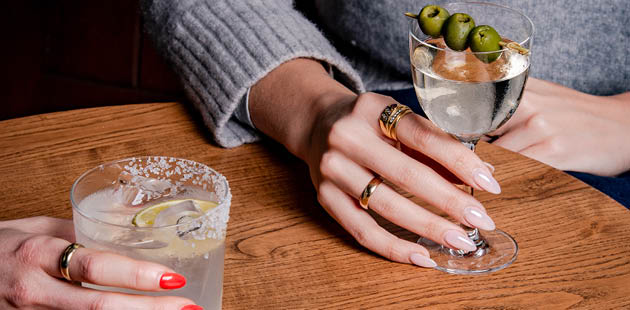
Cocktails with Breaking Glass Bars. Image: James Moyle
P&B: There are certainly great examples of those ‘institution pubs’ dotted around London. Do you look to them for inspiration?
LG: For the upstairs, The Drapers Arms [in Islington] was definitely a reference, as well as The French House [in Soho].
MH: The intention was never for it to be a gastropub, you know. It’s a boozer and it needed to remain a boozer. There’s a definite pivot going on towards more accessible, casual, pub-slash-dining room businesses. The guys at The Wenlock [Heath Ball’s Frisco Pubs] are good friends of ours too. Their Red Lion & Sun has become one of those institutions.
LG: The Knave of Clubs just opened close to here. We talk about the heyday of Shoreditch, but now I’m really looking forward to Shoreditch becoming less of a nightlife, sort of Magaluf strip. There are some great places opening up, like The Knave, Lina Stores, and obviously you’ve got Super Eight restaurants with Smoking Goat and Brat. There’s a really nice mix of quality places.
MH: With the economic climate like the one we’ve got, which has existed for the last 10 years, pubs feel that of course. But people still want to go out and enjoy themselves – to be able to have a good meal in a nice environment and feel like you’re enjoying something special. And that’s why more of these pubs and restaurants are still opening.
P&B: Seeing as you used to oversee so many venues, are you not craving a few more pubs for Breaking Glass Bars? Or will you stay with just William?
MH: We’re still early days trading-wise, and we need to build up more. The plan is we want to do more and we’ve been looking at sites since the day we opened.
LG: It’s very difficult to find quality sites at the moment. The bigger sites are getting snapped up by Urban Pubs & Bars and the like. Everything goes to them first. With the smaller sites, we’re seeing a massive trend where landlords are trying to change usage, but can’t, so have to keep it as a pub. So then they chop half of it up for flats upstairs and then you get a bit of a gutted, empty shell of a former pub which nobody wants to take. There’s a good few of those that are still vacant at the moment. It’s just a shame. So now it’s about being patient and waiting for the right site to come up.
MH: We would get investment for that moment, and obviously getting bank loans and stuff is a lot easier now, but we’re open to anything.
P&B: Are you planning on creating more like William IV?
LG: Our plan here was to trade with 10-20% dry sales. But we’re now at 40-45%. So the food has become a real big thing. We’re taking the time to refine that and improve it and keep growing that aspect of the business, because that’s where we see growth. Gone are the days where people are coming in and ordering rounds of shots, everyone’s drinking a lot less. They’re going out just as much but spending more on quality, and food is a massive part of that.
MH: This is a different side of the coin compared to running bars and opening three sites a year. We would do all that work in the lead-up, focus on it for the first month or so, and then move on to the next thing. You don’t get the chance to really put in more and more of that time and effort. Whereas with here, we’re able to give it a lot more focus and see a lot more potential. We’ll push that potential into a new site when the time is right.

